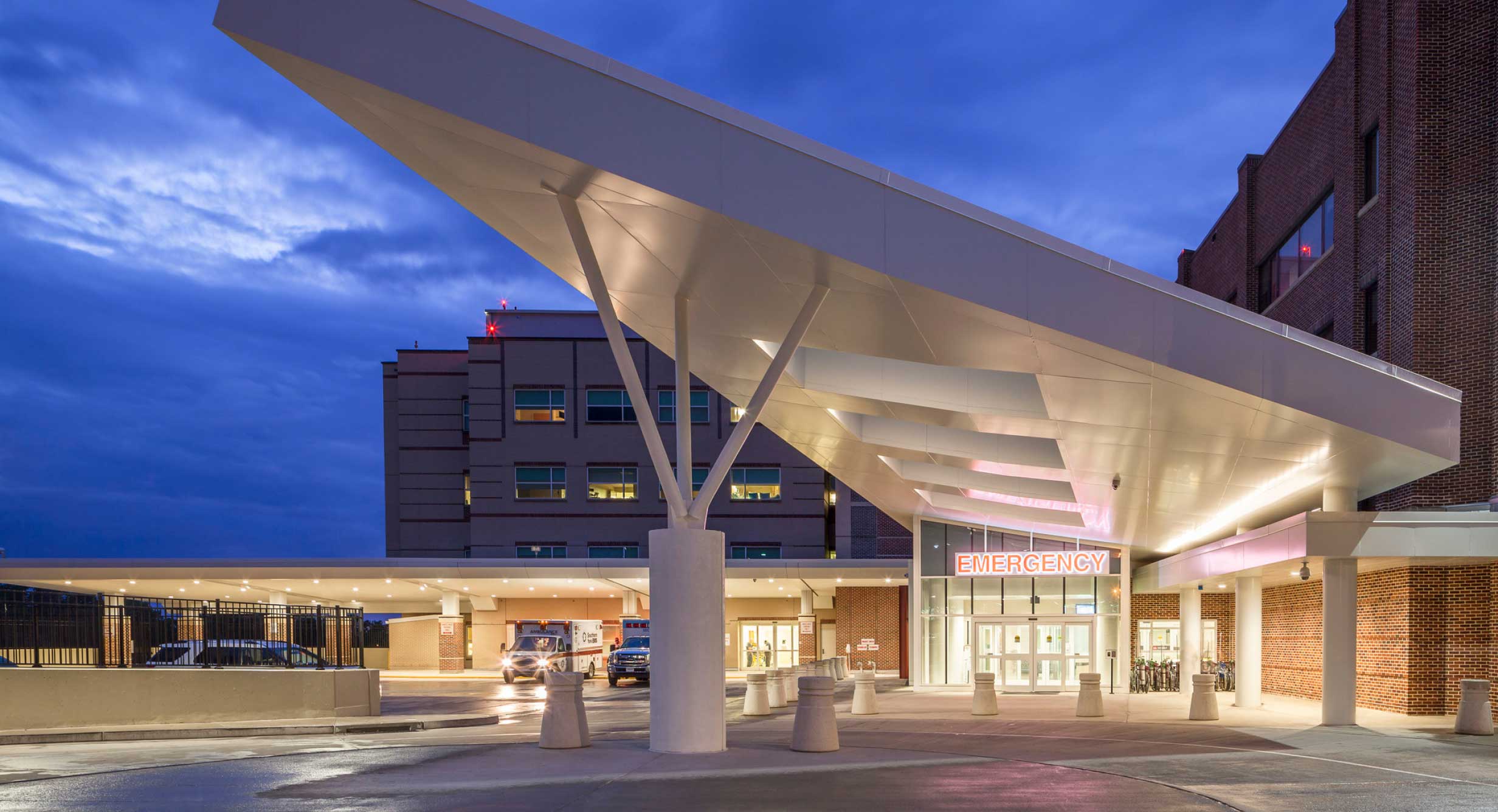
COVID-19 has disrupted health care systems and economies across the globe and hospitals are at the forefront of battling the pandemic. The impact to facilities has ranged from an overwhelming influx of predominately COVID-19-positive patients to an uneasy calm with empty beds, quiet emergency departments (EDs) and totally deserted operating rooms (ORs).
Both extremes present major challenges and financial impacts. There has been a significant impact on community trust in the safety of the health system, and hospitals. No one knows how many patients to expect through the door – even with application of sophisticated modeling. No one can reliably predict what set of symptoms patients will present with, or what underlying pathologies will predict deterioration or mortality. There is no known cure, no vaccine, and limited testing; and, unfortunately, this is likely to be true for years to come fighting COVID-19 and other infectious diseases of the future.
Hospitals around the world have attempted to bolster their capabilities to fight the disease while keeping patients and staff safe. These efforts have included changes in policies and procedures, evolving clinical protocols, and facility modifications. Medical personnel are attempting to apply evolving knowledge of COVID and develop the best processes for screening, diagnosing, treating, and making a safe and high-quality disposition.
The ER COVID-19 Design Task Force — a working group of clinical, design and engineering experts — was organized to review and capture this new information for future use. The focus of the Task Force has been to compile the knowledge and lessons learned, and then to distill that information into practical solutions that can be applied to the response for the “second wave” as well as future, long-term design solutions applicable to new construction and major remodeling projects.
The Task Force reviewed previous publications and news stories, and facility responses during the pandemic, including those that have proven unsuccessful. Key front-line clinical, administrative, and executive staff from hospitals around the country have been extensively interviewed to gain insights into their various solutions. Selected international projects were also reviewed. No one strategy or modification has been a panacea. The strategies include both process and facility modifications.
The Key Ideas listed here are potential concepts, features and solutions that are in no way intended to be prescriptive or “must dos.” They are rather considerations and options to assist facilities with their own decisions and paths forward.
Here are the Task Force’s Key Ideas for upgrading medical facilities facing a “second wave” of COVID-19, predicted in the Fall of 2020, and future pandemics.
Task Force:
- Jim Lennon, AIA, ACHA
ED Specialist, HKS - Erin Peavey, AIA, EDAC, LEED AP BD+C
Vice President, Architect + Design Researcher, HKS - Mik Pietrzak, MD, Medical Consultant
- Sheila Ruder, AIA, ACHA, EDAC, LSSGB, LEED AP
Principal, Senior Health Facility Planner, HKS - Sarah Holton, RN, BSN, MBA
Vice President, Operations, HKS Advisory Services - Arthur Brito, Arq., Intl. Assoc. AIA, EDAC, LEED AP
BD+C, WELL AP
Principal, Senior Health Facility Planner, HKS - Nolan Rome, PE, LEED AP, Senior Vice President, US Healthcare Director, WSP
- Gary Hamilton, PE, LEED AP, SASHE
Senior Vice President, WSP
For more information, contact:
Jason Schroer, Director of Health
[email protected]
+1 214 969 5599